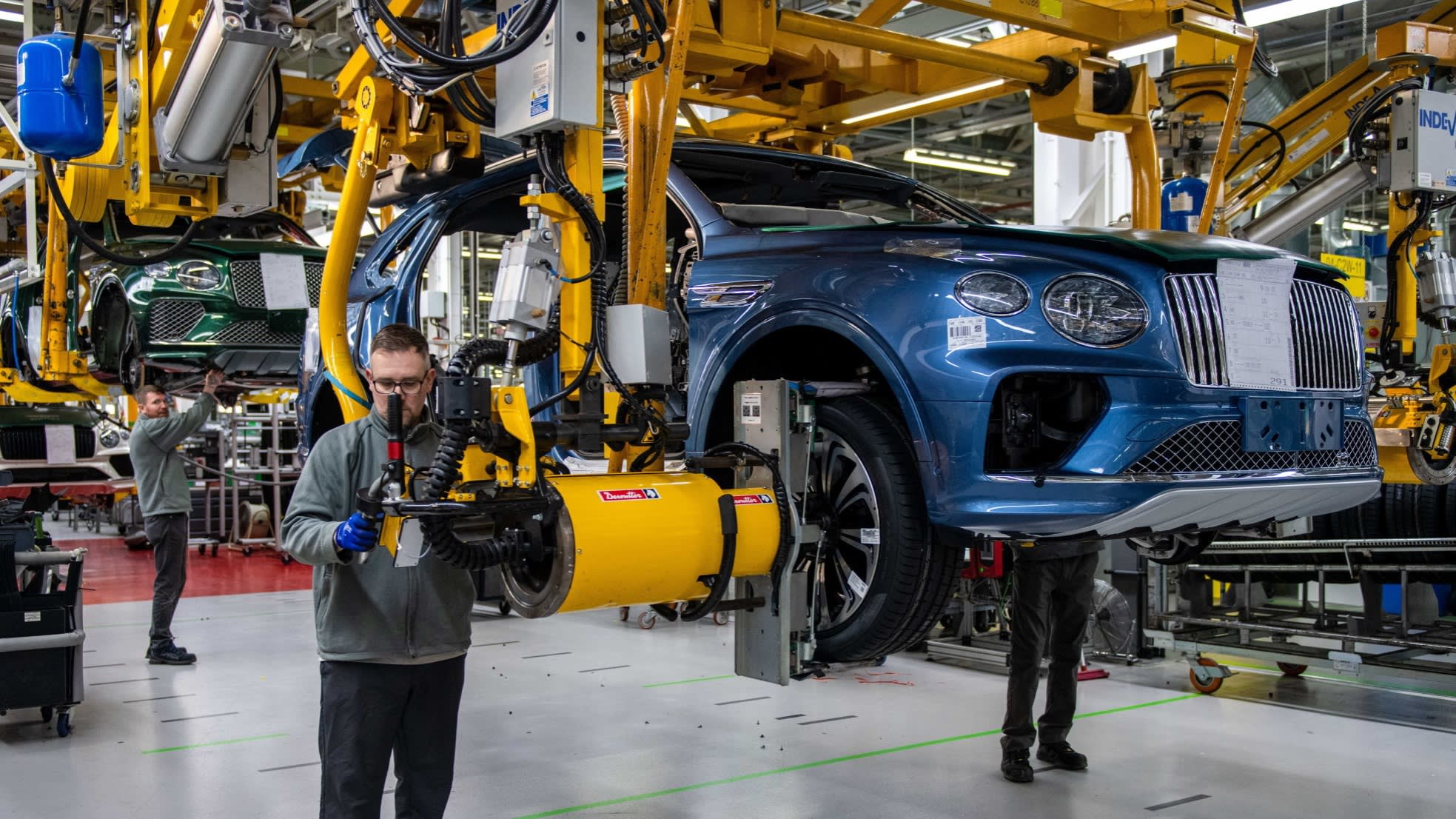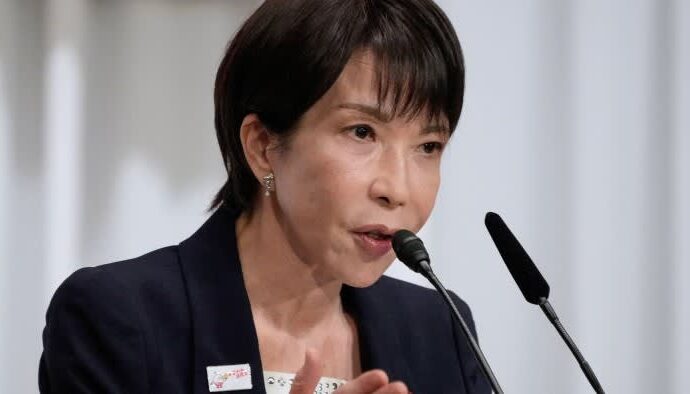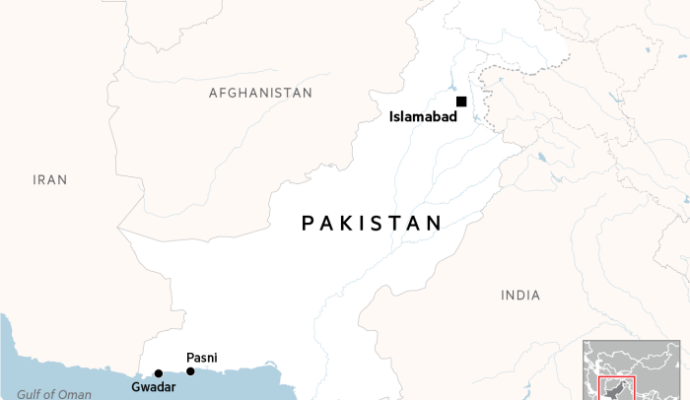
Unlock the Editor’s Digest for free
Roula Khalaf, Editor of the FT, selects her favourite stories in this weekly newsletter.
British carmakers have been left underwhelmed by the UK-India trade deal signed on Thursday, with industry figures saying “very difficult” last-minute talks between London and New Delhi had resulted in a watered-down accord.
Under the agreement, tariffs for UK petrol and diesel car manufacturers will not fall to a headline 10 per cent rate until 2031, while a tight cap placed on the number of cars they can sell tapers markedly between 2031 and 2046.
High-end car manufacturers such as Bentley and Jaguar Land Rover will also face import tariffs as high as 30 per cent in the early stages of the deal, dampening hopes for a rapid surge in sales in one of the world’s fastest-growing luxury car markets.
Lower-end cars face an even higher initial rate of 50 per cent, before it falls to 10 per cent in the fifth year of the agreement. The deal is not expected to take effect until next year, once it has been ratified by both countries’ legislatures.
One person close to the talks said finalising the deal — which was agreed in May but formally signed on Thursday during a visit to Britain by Indian Prime Minister Narendra Modi — had been “very difficult” and had left the UK and India with a highly complex structure on car sales.
UK Prime Minister Sir Keir Starmer hailed the agreement in May as providing a boost for the domestic car industry and the wider economy, stressing the 10 per cent tariff rate as a big win for British manufacturing.
India has traditionally placed a tariff rate of 75 to 125 per cent on completed cars imported from the UK.
Carmakers were still relatively optimistic about the deal, given that tariff rates are set to come down, but privately said they had hoped for more, including a faster introduction of the 10 per cent rate and a higher number of potential car sales under the quota system.
The quota peaks at 37,000 a year for petrol and diesel cars a subject to the 10 per cent rate in 2031 — equivalent to about 4 per cent of UK-manufactured cars — but the deal in year one starts with a quota of just 20,000 cars with a tariff rate of between 30 and 50 per cent.
After 2031, the tariff remains at 10 per cent, but the number of petrol and diesel cars allowed under the quota falls to just 15,000 by 2040.
Electric-car quotas will increase over time, however, with higher-priced hybrids and EVs enjoying a reduction in tariffs to 10 per cent by 2036. Hybrid and electric cars priced below £40,000 will not get a reduction in tariffs, as India looks to shield its domestic industry.
The initial quota for hybrids and EVs is just 4,400 cars in 2031 but rises to 22,000 a year by 2040, a move broadly in line with UK carmakers’ plans to increasingly go electric.
UK officials said domestic carmakers specifically wanted to target the higher end of the EV and hybrid market, and they believed the sector was broadly pleased with the deal.
They said the deal would save carmakers £336mn in tariff payments in 2031, rising to £1.7bn by 2041, with one describing it “as unprecedentedly liberal access to India’s rapidly growing middle class”.
India is keen to build up its domestic car industry at a time when car ownership is expected to rapidly expand. The country has 34 cars per 1,000 people, compared with more than 200 per 1,000 in China.
Starmer said on Thursday that the deal was the “biggest and most economically significant” trade agreement the UK had signed since Brexit. Other accords have been signed with the US and EU in recent months.
The UK government said in May it expected the wider trade deal with India, which has been under negotiation by successive British administrations for years, to boost the economy by £4.8bn a year.
At a signing ceremony at Starmer’s country residence of Chequers in Buckinghamshire, Modi said the deal marked a “historic day in our bilateral relations” and was a “blueprint for our shared prosperity”.

